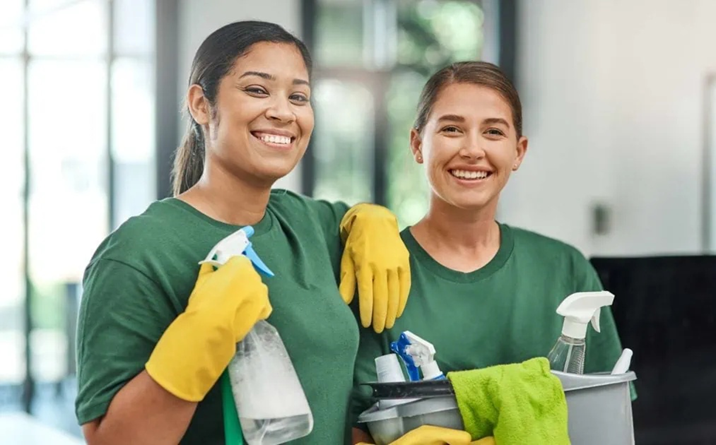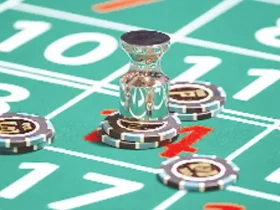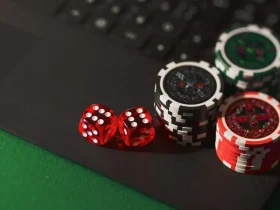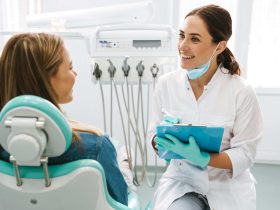The history of cleaning products is a fascinating saga of evolution, mirroring humanity’s progress and the growing complexity of our living standards. From the rudimentary soaps of the ancient world to the sophisticated disinfectants of today, the transformation of these essential products reflects not just changes in technology but also a deepening understanding of health and hygiene. This article traces the arc of this evolution, highlighting key milestones that have led to the advanced cleaning products we rely on in our daily lives. For professional cleaning services, you can visit https://marylandspotlessmaidservice.com/.
From Ashes to Elegance: The Birth of Basic Cleaning Solutions
The story of cleaning products begins in the simplest of places. Ancient civilizations discovered that a combination of ashes and fats could create a basic form of soap, capable of removing dirt and grime from clothing and skin.
Soap’s Humble Beginnings
The earliest recorded evidence of soap-like materials dates back to ancient Babylon, around 2800 BCE, where inscriptions mention the boiling of fats with ashes. This nascent form of soap was not the fragrant bar we know today but a utilitarian mixture meant for cleaning textiles and, to a lesser extent, for personal hygiene.
The Rise of Soap as a Household Staple
As societies progressed, so did the sophistication of their cleaning products. By the 7th century CE, soapmaking had become an established craft in the Islamic world, with soap resembling the bars we use today. The Industrial Revolution further democratized soap, transforming it from a luxury item to a household staple, thanks to mass production techniques.
Antiseptics: A Leap Forward in Public Health
The discovery of germs and their role in disease transmission was a watershed moment for cleaning products. The subsequent development of antiseptics marked a leap forward in public health and hygiene practices.
The Breakthrough of Antiseptic Theory
In the 19th century, the germ theory of disease upended previous notions of how illnesses spread, leading to a new focus on killing germs rather than just removing dirt. Antiseptics like phenol, developed in the late 1800s, began to be used to disinfect wounds, surgical instruments, and eventually, household surfaces.
Cleaning as a Defense Against Disease
With the understanding that cleanliness could prevent illness, antiseptics found their way into the home. Products like carbolic soap were marketed not just for their cleaning power but for their ability to kill germs, offering a new line of defense against the invisible threats of bacteria and viruses.
The Modern Age: High-Efficiency Cleaning Agents
The 20th century brought an explosion of technological advancement, and with it, the development of more sophisticated and varied cleaning products designed to meet the demands of modern life.
Detergents: Surpassing Traditional Soap
The introduction of synthetic detergents in the early 20th century marked a significant turning point. Unlike soap, detergents did not form scum in hard water and were more effective in lifting stains from fabrics, making them a popular choice for laundry and dishwashing.
Specialized Cleaners for Every Need
As the century progressed, the cleaning aisle grew to include specialized products for every conceivable need, from glass cleaners to toilet bowl sanitizers. These products were engineered for specific tasks, offering consumers a potent weapon against dirt and germs in every corner of the home. For professional cleaning services, you can visit http://www.orchidmaids.com.
Disinfectants: The Pinnacle of Purity
The quest for a germ-free environment has culminated in the creation of modern disinfectants, capable of killing 99.9% of bacteria and viruses on surfaces. These powerful agents are the frontline warriors in our ongoing battle against microbial threats.
Green Revolution: The Turn to Sustainable Cleaning
In the 21st century, the cleaning product narrative is being rewritten yet again, as environmental awareness reshapes consumer preferences and product formulations.
Eco-Friendly Ingredients: Back to Nature
The green revolution in cleaning products is seeing a return to natural ingredients, such as plant-based detergents and essential oils. These products promise to deliver effective cleaning without the environmental toll associated with some traditional ingredients.
Biotechnology in Cleaning: Enzymes and Probiotics
Advancements in biotechnology have led to the inclusion of enzymes and probiotics in cleaning products. These biological agents offer a way to break down dirt and grime naturally and are seen as the future of eco-friendly cleaning.
The Future: Smarter, Safer, More Sustainable
As we look to the future, the trajectory of cleaning products is aimed at becoming smarter, safer, and more sustainable. Innovations in the field are focusing on reducing the ecological footprint of production and usage while enhancing the efficacy and safety of the products.
Smart Cleaning: The Role of Technology
The integration of technology into cleaning products is paving the way for ‘smart’ cleaning agents that can adapt to the level of dirt or the presence of pathogens, optimizing their action for maximum efficiency. For professional cleaning services, you can visit yorlenyscleaningservice.com.
Safety and Sustainability: The Dual Priorities
Safety and sustainability are becoming dual priorities in the development of cleaning products. Manufacturers are increasingly held to high standards of consumer safety and environmental stewardship, driving research and innovation in the field.
The evolution of cleaning products is a mirror reflecting our civilization’s growth, our battles with disease, and our aspirations for a healthier planet. From the ancient mixtures of ash and fat to the advanced disinfectants and eco-friendly formulas of today, each step in this journey has been marked by a quest for greater efficacy, safety, and responsibility. As we continue to innovate and refine these essential tools, we carry forward the legacy of cleanliness into a future where the health of our homes and our planet remains firmly in our hands.









